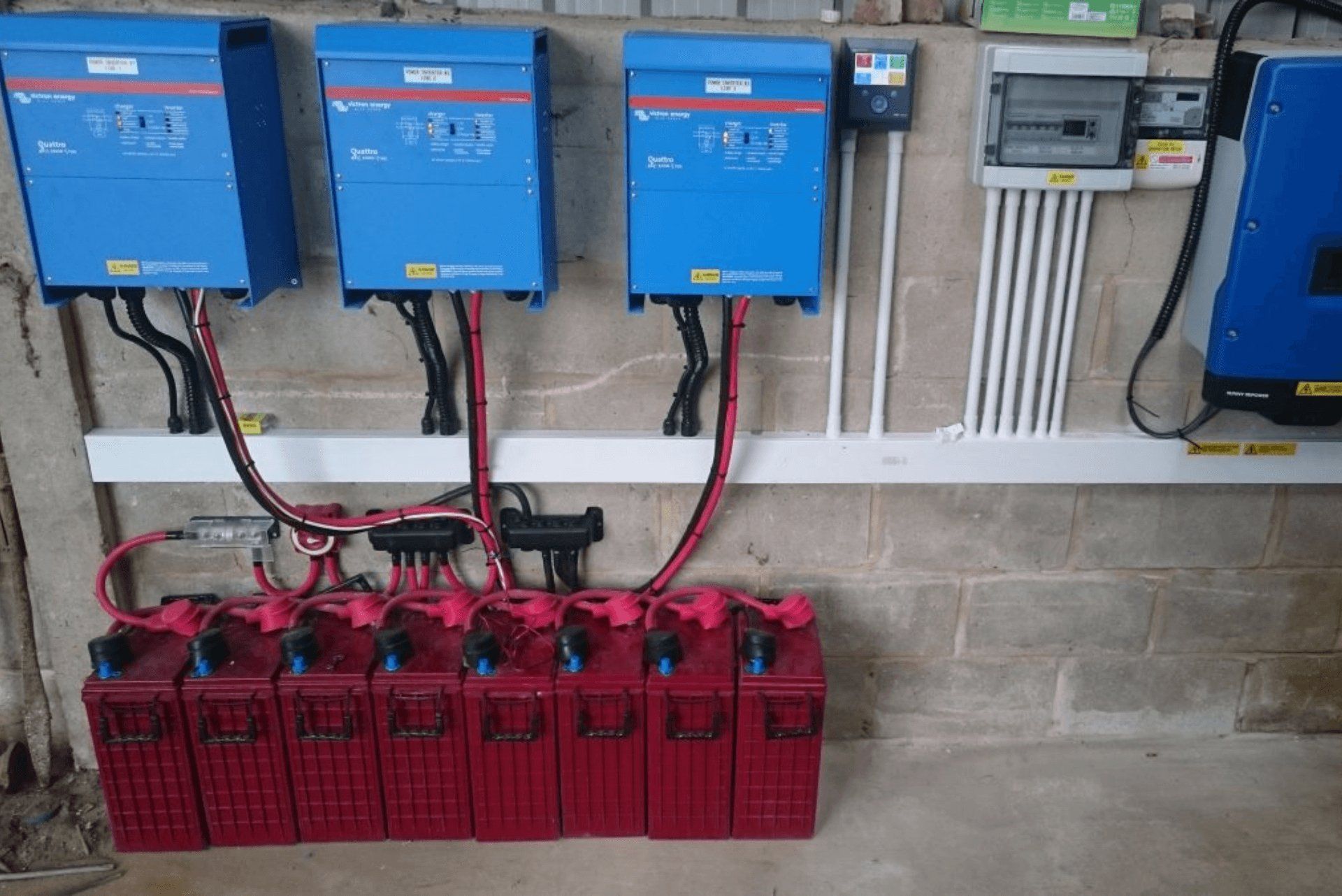How Long Can A Solar Battery Hold It’s Charge?
Whether you own a solar board system at your house or not, a home battery can be utilised to store power and pass it to your home appliances and devices. The advantages of a home battery are apparent, particularly during short or long-term interruptions.
Solar batteries enable homeowners to store the electricity coming from solar board panels electricity, rather than transfer it to the network in the market for money from their electric subsidiaries.
Batteries are mostly used to gain an advantage of service rate systems that require more for electricity during on-peak hours and less during off-peak hours.
A home solar battery can be charged with power from solar panels or the grid when times of service has low rates for electricity and are utilised to power the home when costs are higher. It lessens the amount of pricey energy a consumer buys.

While batteries could be used without solar, that is rare. They usually are matched with solar panels to take the edge of that electricity and decrease what a customer obtains from the services.
A battery’s charging time has 3 stages, the bulk charging, absorption charging, and float charging. Below are the description of the three stages.
When a battery is drained, the charging stage to occur is the Bulk charging stage. In Bulk charging, the current to the solar batteries are fixed, while the voltage is increasing. The preponderance of energy transferred to the battery happens during bulk charging stage, as the battery can hold energy quickly when wholly discharged. When it reaches to its sufficient value, the second stage takes hold to happen.
The second stage is the Absorption stage; the battery voltage permanently stays fixed while the amount of current coming into the battery drops. After the absorption stage, a battery will be fully loaded.
Lastly, is the Floating stage. In this stage, the battery has obtained a status of complete charge and starts to keep a constant voltage and current to maintain the battery at the optimised energy and current for highest battery endurance.
Standard battery recharge rates from an empty disposition of the charge to a complete state of charge, when the charging reservoir has infinite power, are approximately at least 5-7 hours or longer. During this stage, the battery usually reaches 90% state of charge following roughly half the recharge time and gets the entire another share to gain the left 10%.
Batteries have its “Cycle Life.” This refers to how many time can a battery be charged fully. The Cycle Life is so important to solar battery operations is that solar battery systems cycle daily, during the night when there is no sun and throughout lengthened days of cloud cover. In opposition, batteries in many other purposes, such as those connected to the grid, may cycle very occasionally, so as when there’s a power interruption.
Many factors might influence the charging capacity of solar batteries, such as temperature, the quality of the battery, and the owner’s way of taking good care of it. Learn more about what you need for solar batteries.

